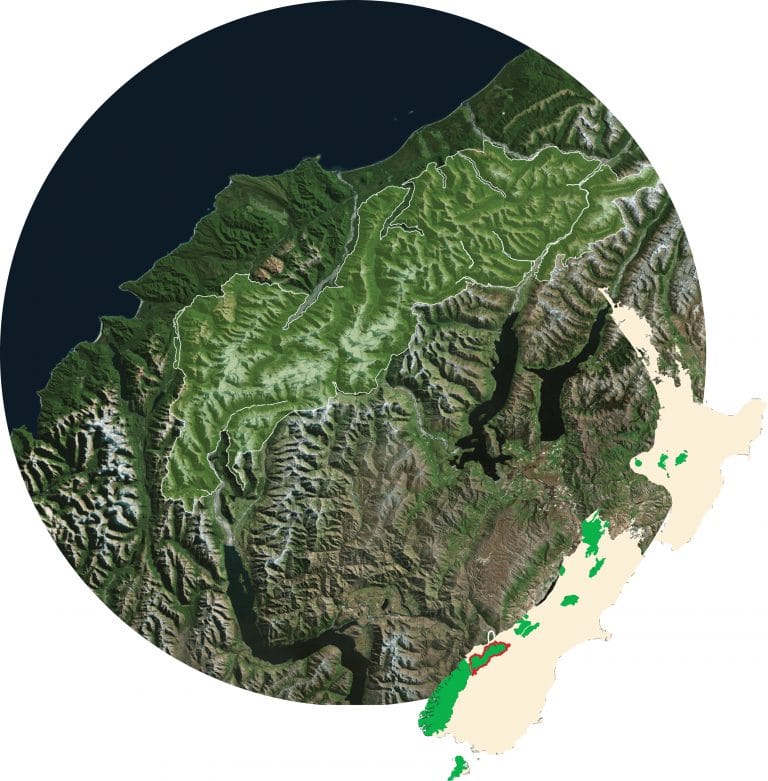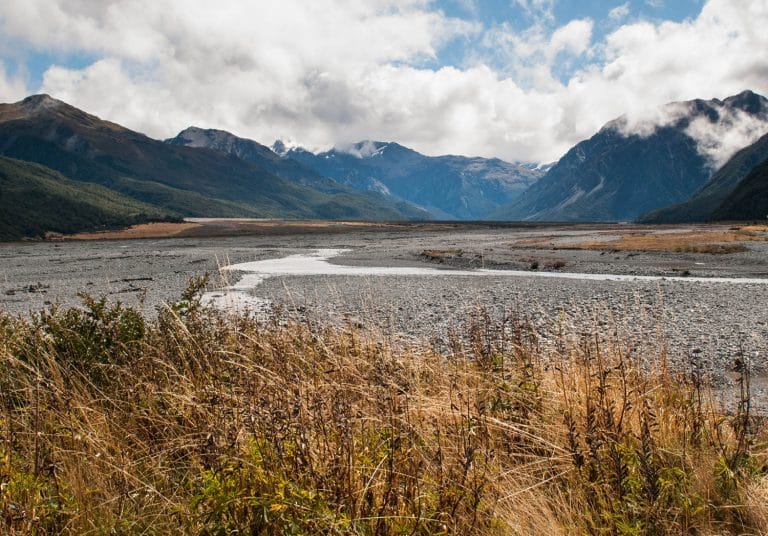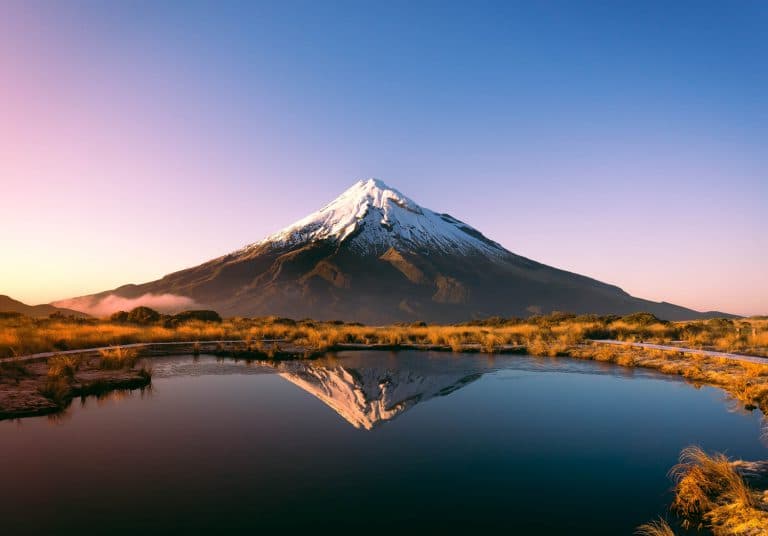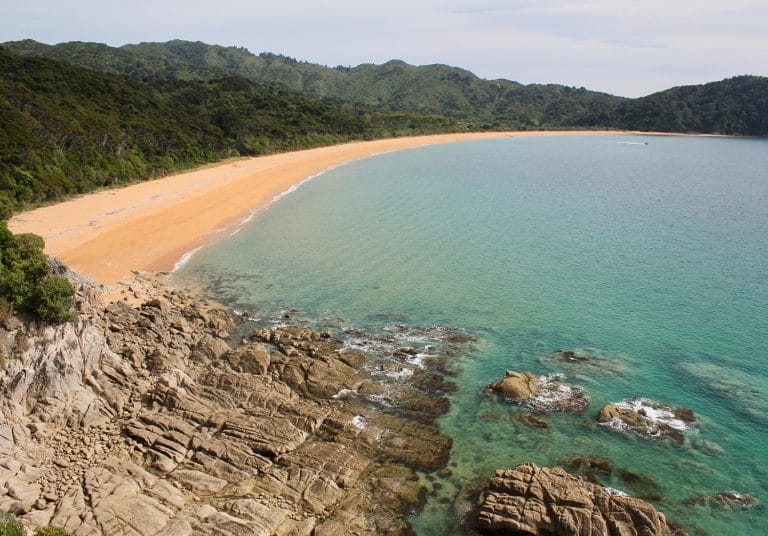Arthur’s Pass National Park is located in the heart of the South Island with an active alpine fault immediately below. It is nestled in an environment formed by those tectonic forces that pushed the earth up millions of years ago…
Food Gathering
Maori called Mount Aspiring Tititea, or glistening hills of white. This area, including the downstream river valleys, were traditionally important Mahinga Kai or food gathering sites.
John Gilfillan – A Maori camp with men cooking, circa 1860s - Image © National Library of New Zealand




